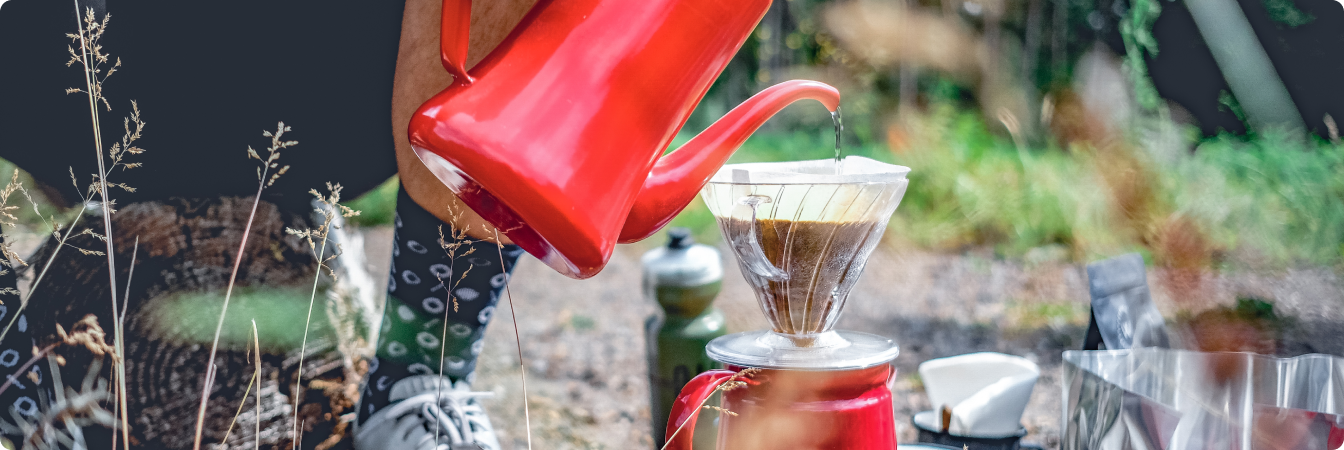Energising encounters
Stories that fuel our community.
Easter Weekend: Delivery Schedule Changes
Easter weekend is approaching quietly, but quickly, which means our roastery in Bethnal Green will be taking a couple of well-deserved days of rest. As such, we will not be roasting...
Easter Weekend: Delivery Schedule Changes
Easter weekend is approaching quietly, but quickly, which means our roastery in Bethnal Green will be taking a couple of well-deserved days of rest. As such, we will not be roasting...
Read more
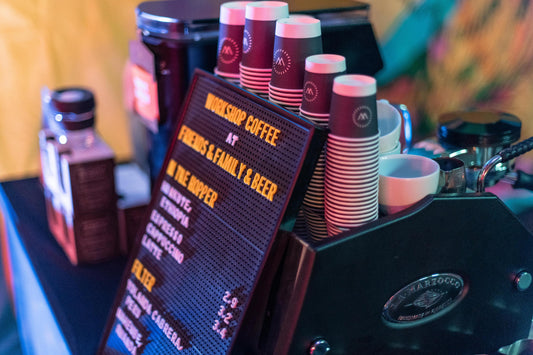
Brewing for Brewers | Friends & Family & Beer
On Friday 21st and Saturday 22nd February, Cloudwater Brew Co. hosted their second Friends & Family & Beer Festival. Coinciding with the Manchester-based brewery's fifth birthday, the two-day event was initially...
Brewing for Brewers | Friends & Family & Beer
On Friday 21st and Saturday 22nd February, Cloudwater Brew Co. hosted their second Friends & Family & Beer Festival. Coinciding with the Manchester-based brewery's fifth birthday, the two-day event was initially...
Read more

Notes from Origin: Ecuador, September 2019
With only a hint of tongue-in-cheek, Jorge stands and declares "I'm ready to be famous". A cattle farmer from Pichincha, Ecuador, he has provided some of the most memorably mouthwatering cups in...
Notes from Origin: Ecuador, September 2019
With only a hint of tongue-in-cheek, Jorge stands and declares "I'm ready to be famous". A cattle farmer from Pichincha, Ecuador, he has provided some of the most memorably mouthwatering cups in...
Read more
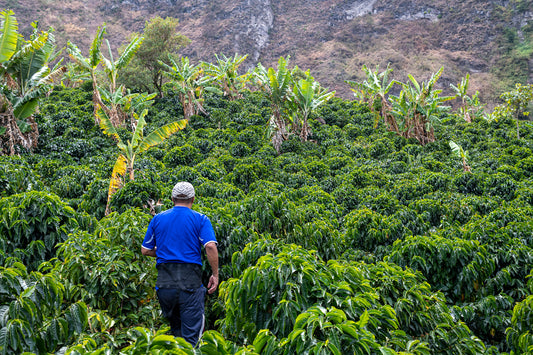
Notes from Origin: Colombia, September 2019
People should enjoy coffee with friends. At Workshop, we always take a moment together to appreciate coffee grown halfway around the world by the producers we work with; made all the...
Notes from Origin: Colombia, September 2019
People should enjoy coffee with friends. At Workshop, we always take a moment together to appreciate coffee grown halfway around the world by the producers we work with; made all the...
Read more

Introducing: Fellow Product's Stagg EKG Pour Ov...
You’ve selected some great coffee beans, you’ve invested in a high quality burr grinder and you’ve even gone to the trouble of sourcing some top quality brew water from your...
Introducing: Fellow Product's Stagg EKG Pour Ov...
You’ve selected some great coffee beans, you’ve invested in a high quality burr grinder and you’ve even gone to the trouble of sourcing some top quality brew water from your...
Read more
Our Festive Opening Hours & Cut-Offs
Another brilliantly busy year is hurtling towards its end and so we'll be taking a few days off to recuperate, celebrate and spend time with friends and loved ones. As...
Our Festive Opening Hours & Cut-Offs
Another brilliantly busy year is hurtling towards its end and so we'll be taking a few days off to recuperate, celebrate and spend time with friends and loved ones. As...
Read more
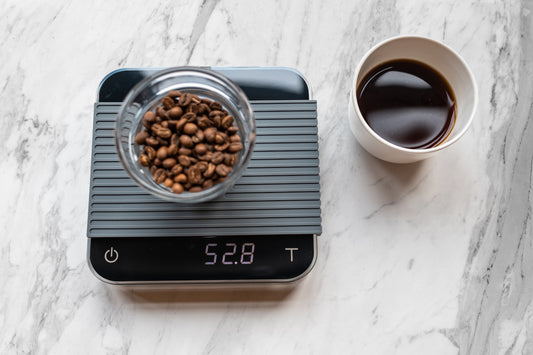
Introducing: Acaia Pearl Scales
We’ve recently added a host of new hardware to our range of brewing equipment to help ensure we’re continually offering the best apparatus to get the most out of your...
Introducing: Acaia Pearl Scales
We’ve recently added a host of new hardware to our range of brewing equipment to help ensure we’re continually offering the best apparatus to get the most out of your...
Read more
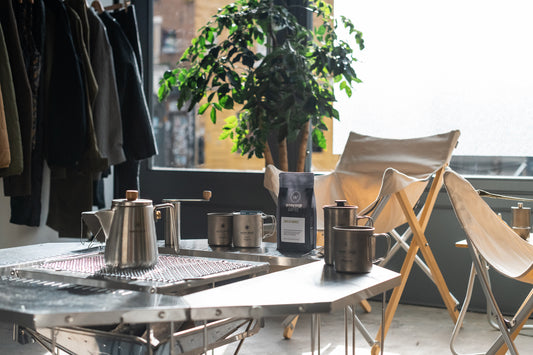
Workshop Coffee and Snow Peak
At the end of September, Japanese outdoor lifestyle brand, Snow Peak, announced that they’ll be opening their European flagship store in London’s St. James’s Market. Alongside their array of high...
Workshop Coffee and Snow Peak
At the end of September, Japanese outdoor lifestyle brand, Snow Peak, announced that they’ll be opening their European flagship store in London’s St. James’s Market. Alongside their array of high...
Read more
Introducing: Our Decaffeinated Filter Roast
For the first time in our eight years of roasting coffee, we’ve decided to create a dedicated filter roast profile for our decaf offering. The quality of the most recent...
Introducing: Our Decaffeinated Filter Roast
For the first time in our eight years of roasting coffee, we’ve decided to create a dedicated filter roast profile for our decaf offering. The quality of the most recent...
Read more
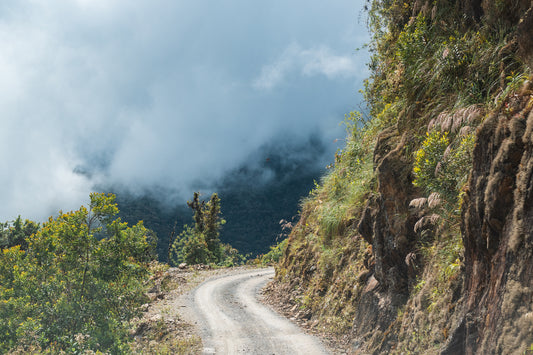
Notes from Origin: Peru, August 2019
Driving to Perú Profundo. As we approach our 9th birthday, it's impressive to think how far we've come in that time. Starting with a roll-call of just seven producing countries...
Notes from Origin: Peru, August 2019
Driving to Perú Profundo. As we approach our 9th birthday, it's impressive to think how far we've come in that time. Starting with a roll-call of just seven producing countries...
Read more
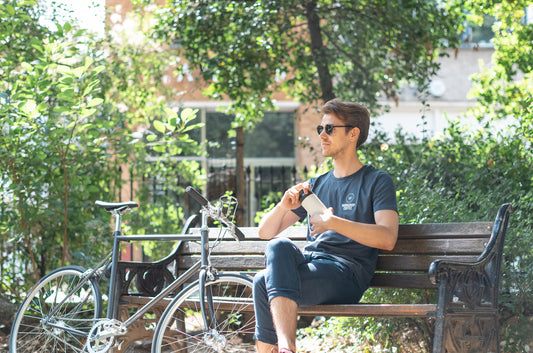
Win a Covetable Commuter Package
We’ve teamed up with our friends and partners at tokyobike and Kinto Japan to bring you the chance to win an incredibly covetable commuter package. From an ongoing to supply...
Win a Covetable Commuter Package
We’ve teamed up with our friends and partners at tokyobike and Kinto Japan to bring you the chance to win an incredibly covetable commuter package. From an ongoing to supply...
Read more
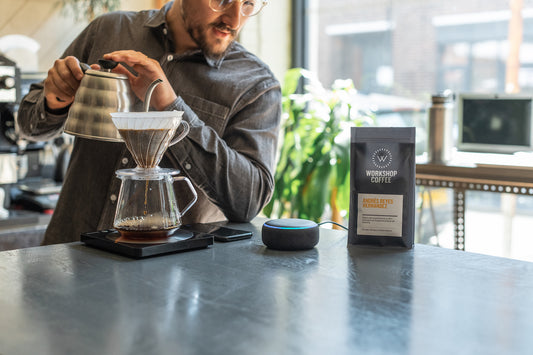
Our audio-enabled Brew Guides
We’re always looking for new ways that we can help people to brew the best coffee outside of our coffeebars. It’s the reason we began hosting our hands-on, Saturday morning...
Our audio-enabled Brew Guides
We’re always looking for new ways that we can help people to brew the best coffee outside of our coffeebars. It’s the reason we began hosting our hands-on, Saturday morning...
Read more
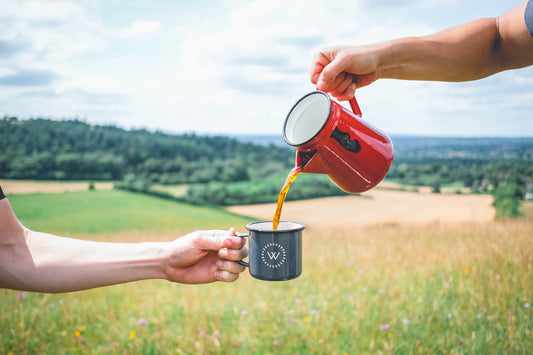
Explore | A Weekend In The Wild
There's no doubt a cup of coffee is an end itself. The result of hard, focused work conducted by exceptional farmers and producers at origin, followed by informed and consistent...
Explore | A Weekend In The Wild
There's no doubt a cup of coffee is an end itself. The result of hard, focused work conducted by exceptional farmers and producers at origin, followed by informed and consistent...
Read more
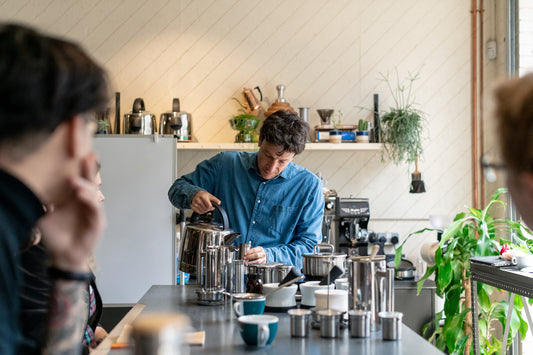
Exploring Caffeine: Beyond Coffee
Caffeine can be a bit of a taboo in the realms of specialty coffee. We choose, quite rightly, to focus on flavour and provenance in the coffees we showcase. However,...
Exploring Caffeine: Beyond Coffee
Caffeine can be a bit of a taboo in the realms of specialty coffee. We choose, quite rightly, to focus on flavour and provenance in the coffees we showcase. However,...
Read more

